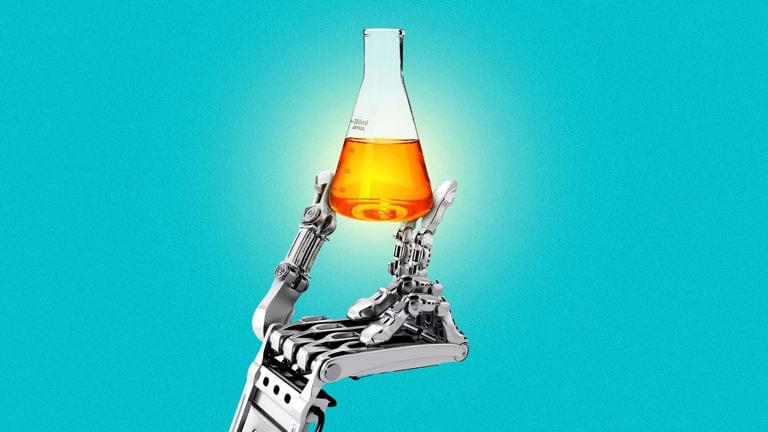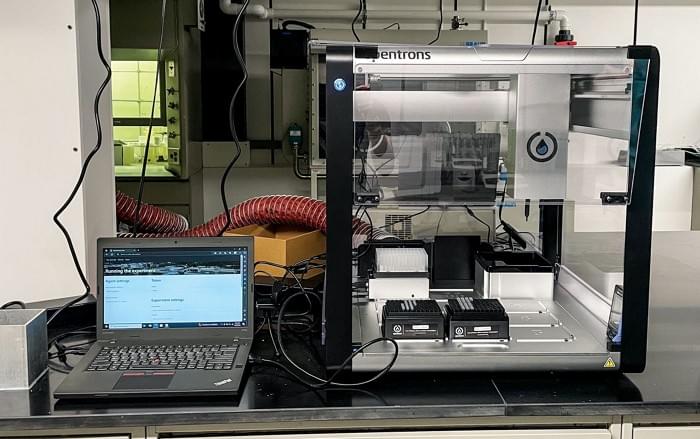Jan 9, 2024
Here comes the robo-lab
Posted by Genevieve Klien in categories: biotech/medical, chemistry, health, robotics/AI
Laboratory “copilots” and automated labs are AI’s latest contribution to speeding up the development of new drugs, chemicals and materials. Why it matters: Scientific discovery itself must speed up if the world is to address its challenges — from climate change to personalized treatments for cancer — fast enough to make a difference. In scientific research, “manual effort is not scalable,” writes Microsoft Health Futures’ Hoifung Poon in the…


















